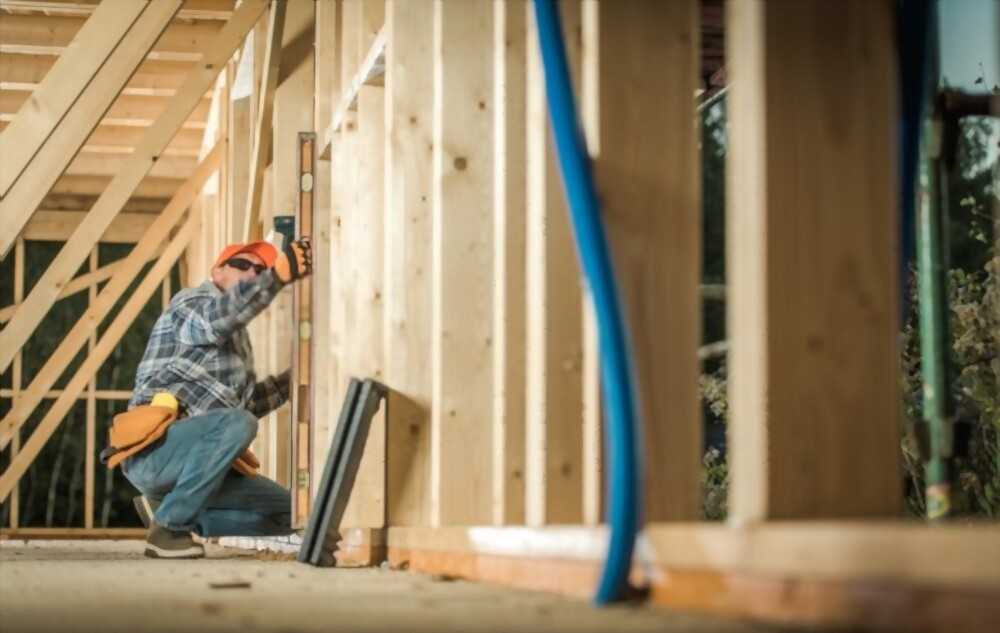Introduction
Are you experiencing uneven floors, cracks in your walls, or doors and windows that won’t close properly? These are all signs that your home may need house levelling. Hiring a licensed and experienced contractor for house levelling in Australia is essential to ensure the job is done correctly, safely, and in compliance with Australian building codes. In this comprehensive guide, we will discuss the importance of hiring a licensed contractor, the different house levelling methods, the cost of house levelling, and how to find the right contractor for your project.
1. Why Hire A Licensed And Experienced Contractor For House Levelling?
House levelling is a complex process that requires specialized knowledge, skills, and equipment. Hiring a licensed and experienced contractor ensures that your project will be completed safely, efficiently, and in compliance with Australian building codes. A licensed contractor will also be able to provide you with a written contract, which outlines the scope of work, the estimated cost, and the expected completion date. This protects both you and the contractor in case of any disputes or issues that may arise during the project.
In addition, experienced contractors are more likely to have a solid understanding of the various house levelling methods, as well as the ability to properly assess and diagnose the cause of your foundation issues. This expertise is crucial in ensuring that the most appropriate and cost-effective solution is implemented for your specific situation.
2. Understanding House Levelling Methods
There are several different methods of house levelling, each with its own advantages and drawbacks. The most common methods include underpinning, restumping, and slab jacking.
a. Underpinning
Underpinning is a process in which the existing foundation is strengthened and stabilized. This is typically done by excavating beneath the foundation, pouring concrete or inserting steel piers, and then lifting the foundation to its original level. Underpinning is a common solution for homes with settling or sinking foundations, as well as those with structural damage caused by soil movement or tree roots.
b. Restumping
Restumping, also known as reblocking or house raising, involves replacing the existing stumps or piers that support the house. This method is most commonly used for homes with timber or steel stumps that have deteriorated or shifted over time. Restumping can also be used to raise the house to a higher level, which can be beneficial in areas prone to flooding or to create additional living space underneath the home.
c. Slab Jacking
Slab jacking is a technique used to lift and level a concrete slab foundation. This method involves drilling small holes in the slab and injecting a mixture of cement, sand, and water beneath it. As the mixture hardens, it expands and lifts the slab to the desired level. Slab jacking is a less invasive and more cost-effective alternative to underpinning for homes with minor foundation issues.
3. The Importance Of Soil Testing
Before any house levelling work can begin, it is crucial to conduct a thorough soil test. Soil testing helps to determine the cause of your foundation issues and ensures that the appropriate house levelling method is selected for your specific situation. A licensed contractor will be able to coordinate and interpret the results of a soil test, as well as make recommendations for any necessary remediation or preventative measures.
4. The Cost Of House Levelling In Australia
The cost of house levelling in Australia can vary widely, depending on the method used, the extent of the foundation issues, and the size of the home. On average, homeowners can expect to pay between $5,000 and $30,000 for house levelling services. It is important to obtain multiple quotes from different contractors to ensure you are getting the best value for your money. Keep in mind that the cheapest option may not always be the best, as cutting corners can lead to additional problems and expenses down the line.
5. How To Find The Right Contractor For Your House Levelling Needs
When searching for a licensed and experienced contractor for house levelling in Australia, it’s important to do your due diligence. Here are some tips to help you find the right contractor for your project:
- Ask for recommendations from friends, family, or neighbours who have had similar work done.
- Check online reviews and testimonials to gauge the contractor’s reputation and level of customer satisfaction.
- Verify that the contractor is licensed and insured, and ask for proof of these credentials.
- Request a written quote and contract, outlining the scope of work, the estimated cost, and the expected completion date.
- Communicate your expectations and concerns clearly, and ensure that the contractor is willing to address any questions or issues that may arise.
Conclusion
Hiring a licensed and experienced contractor for house levelling in Australia is crucial to ensuring a successful and stress-free project. By understanding the different house levelling methods, the importance of soil testing, and the cost of house levelling, you can make an informed decision when selecting a contractor. Remember to do your research, obtain multiple quotes, and communicate openly with your chosen contractor to ensure a smooth and satisfactory experience.

